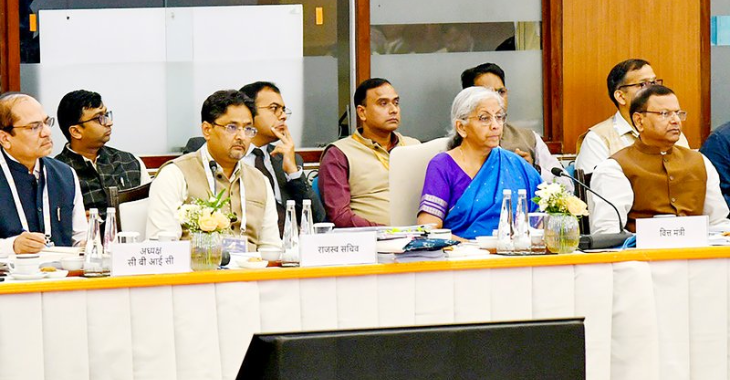The government claims that by reducing the GST rates in the areas of cars, food processing, clothing, logistics, and handicrafts, the changes improve supply chains, encourage domestic manufacture, and increase employment—particularly for women, rural business owners, and workers in the unorganized sector.
Increased employment opportunities are seen in a number of industries, including toys, clothing, leather, handicrafts, and MSMEs; women’s work in textiles, tailoring, and dairy is particularly affected.
For instance, MSMEs in the tire, battery, glass, plastic, and electronics industries gain from increased demand brought about by lower GST on two-wheelers, vehicles, buses, and tractors.
Cheaper vehicles help MSMEs and small-town car dealerships, while inexpensive bikes help gig workers, farmers, and rural traders.
India’s supremacy in tractor production worldwide is strengthened by the GST cut to 5% on tractors (less than 1800 cc), which also benefits auxiliary MSMEs. By reducing the GST on commercial goods vehicles (trucks and delivery vans) from 28% to 18%, MSME truck owners will benefit from cheaper freight, logistics costs, and inflationary pressures.
The GST on buses with ten or more seats was lowered from 28% to 18%, which improved laborers’ access to affordable fares and decreased expenses for fleet operators and educational institutions.
In order to promote MSMEs in food processing, small-scale processors, regional brands, dairy cooperatives, packaging, and cold storage, the GST on the majority of food items was lowered from 12%/18% to 5% or 0%.
Additionally, small confectioners will see an increase in sales as a result of decreased GST on cakes, chocolates, and confections. GST on milk and paneer is zero, butter and ghee are reduced from twelve percent to five percent, farmers, self-help groups, and women-led businesses are supported, and nutrition security is promoted. The GST rate on milk cans has been reduced from 12% to 5%.
By reducing the GST on man-made fibers from 12% to 5%, the inverted duty structure has been corrected, and MSME textile makers and exporters are now more competitive.
Ready-made clothing The GST slab has been raised to 5% for goods up to Rs 2,500 (formerly Rs 1,000), which will boost demand in Tier-2 and Tier-3 towns and help labor-intensive clothing businesses, particularly those that employ women.
The GST on leather goods has been lowered from 12% to 5% (less than Rs 2,500 per pair), which will help MSMEs that make hides, tanneries, and shoes.
The reduction of the cement GST from 28% to 18% will help lower housing costs and assist PMAY, which will increase employment in manufacturing, logistics, and mining.
To help MSME wood product units, the GST on agro-based wood goods (rice husk board, bamboo flooring, etc.) has been lowered from 12% to 5%.
Reduced GST rates have reduced the cost of necessities, raw materials, and services, encouraging startups and small and medium-sized businesses to expand, make investments in new ideas, and compete on a national and international level.
By lowering the cost of manufactured goods, processed foods, clothing, and even eco-friendly products, the reforms promote economic inclusion of workers in the rural, semi-urban, and informal sectors in addition to urban manufacturers, the government said, supporting labor-intensive and women-led industries.
Read More
According to PM Modi, the Center is constantly working to advance Manipur’s development


